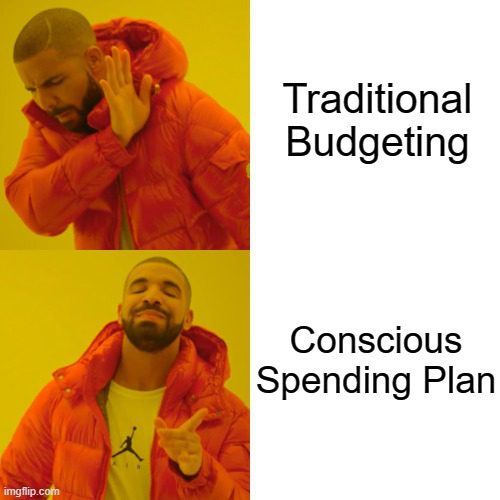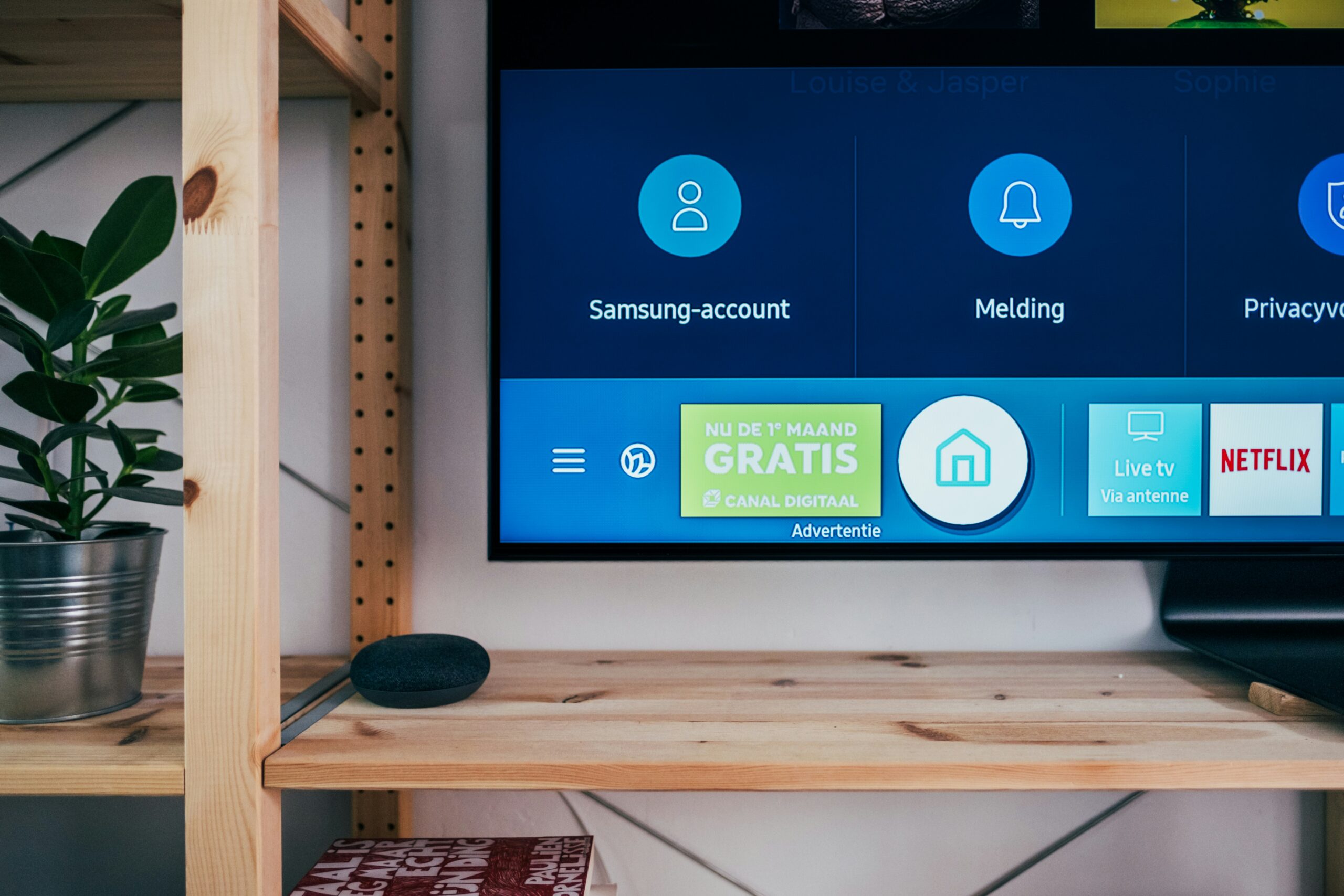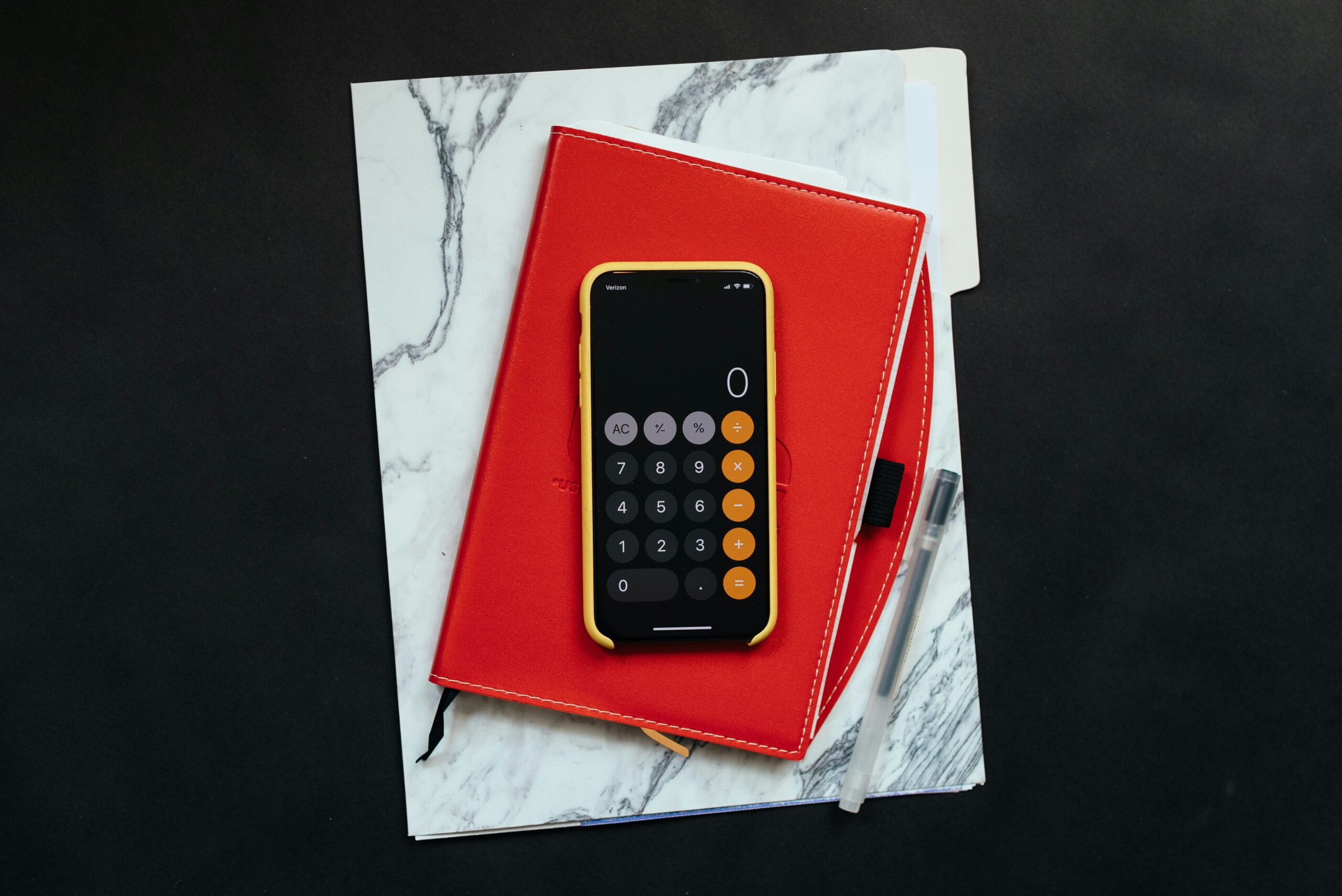
Budgeting 101 – Conscious Spending for Financial Freedom
Every year, my wife and I sit down for a few hours to review our past year and plan for the next. We talk about what went well, what we would change, and then we plan for the upcoming year. We get to share our favorite photos, we get to dream, and then later tailor our finances to make our dreams a reality.
To make this process truly effective, we start by asking ourselves 4 key questions – questions that I’ll share here with you so you can apply this practice in your own life:
- What was our most memorable time together this year?
- What did we do well? What could we have improved?
- How do our numbers align with our plans for the year?
- Going forward, what do we want to do more of?
Whether done alone or with a partner, this process of looking back and planning forward is a powerful tool for anyone.

And join over 800,000 readers getting our Insiders newsletter, where we share exclusive content that’s not on the blog:
Today, I’m sharing this approach with you because I believe budgeting shouldn’t be about restricting your joy but about expanding it. That’s where the Conscious Spending Plan (CSP) comes into play. It’s not another budgeting template but a philosophy that changes how you see and use your money. CSP will align your spending with your values, making every dollar compound toward what truly matters to you.
It’s time to debunk all the budgeting myths and get into the real Budgeting 101 by focusing on the Conscious Spending Plan. What if I told you budgeting could actually free you up to enjoy more of what you love?


Table of Contents
Understanding the Basics of Budgeting
Tracking Monthly After Tax Income
First up, we’re looking at what you’re bringing in, money-wise. Now, before you panic, I’m not saying you need to track every single dollar like a hawk. That’s not the vibe we’re going for with the Conscious Spending Plan (CSP). Understanding your after-tax income is crucial for an accurate grasp of the funds available for budgeting, allowing you to manage your money more effectively by dividing it into needs, wants, and savings or debts. It’s also important to consider health insurance deductions when calculating your monthly after-tax income, as this is a common and essential expense directly impacting the amount available for your budgeting needs.
Zoom out of your cash flow. Are you pulling a steady paycheck, hustling with some freelance gigs, or maybe a bit of both? Whatever it is, just get a ballpark idea of what that looks like. For freelancers, it’s important to subtract business expenses from your monthly earnings to find your true monthly after-tax income. This step is essential for applying the 50/30/20 rule effectively, ensuring you allocate your income wisely across needs, wants, and savings or debt repayment. I’m not saying to nitpicking over every dime; I’m saying you need to understand your money’s rhythm so you can plan smarter, not harder.
You need to know the basics of your income to set up a CSP that actually fits your life. That means planning for the stuff you love (and the stuff you need) without sweating the small stuff.
Categorization of Fixed Expenses and Other Costs
Now that we’ve got a handle on the cash coming in, let’s chat about where it’s going out. Don’t overthink it; simply split your cash into three big buckets:
the must-haves (necessities),
the nice-to-haves (wants),
and the future-you-thanks-yous (savings/investments).
Getting clear on what falls into each bucket can seriously help you spot where you might trim the fat (hello, unused gym memberships!) and where you’re totally okay splurging a bit (like that weekend getaway).
Here’s the deal with fixed vs. variable expenses:
- Fixed ones don’t budge. Think rent or your Netflix subscription.
- Variable expenses, on the other hand, can swing up or down based on your choices – eating out, gas, groceries, that sort of thing. Evaluating your cell phone plan costs is another effective way to potentially reduce your monthly expenses. Shopping around for better deals or negotiating with your provider can offer significant savings.
Knowing the difference is key because it tells you where you’ve got some wiggle room to adjust your spending month to month.
When it comes to prioritizing, always make sure your necessities are covered first. After that, it’s about finding the sweet spot between enjoying the present and not shortchanging future you. That might mean dialing back a bit on the dining out to beef up your travel fund or choosing to invest in a class that boosts your career over a weekend binge-shopping session.
Remember, this whole process is about making your money mirror what’s important to you!
Setting Aside Savings in a Savings Account
Savings are the non-negotiable bills you pay yourself. That’s right, treat it like the rent or electricity bill, because it’s just as important! Placing your savings in a high yield savings account can significantly maximize your money’s growth, thanks to competitive interest rates. Utilizing direct deposit to automatically transfer a portion of every paycheck directly into a high yield savings account is a smart way to save money without having to actively think about it or transfer it manually.
First up, everyone’s favorite rainy day fund: the emergency fund. It’s not the most exciting thing to save for, until you need it, and then it’s your best friend. Aim to stack up enough to cover a few months of living expenses. It’s your financial life vest, keeping you afloat when life gets choppy. Automating transfers from your checking to savings accounts can be a seamless way to work towards your savings goals, like building this crucial emergency fund.
Now, for the fun part: saving for retirement and other big dreams. You might want to be chilling on a beach as a retiree or maybe finally starting your own business, one thing is sure; start tucking away cash now! The future you will throw you a high-five for this. Taking advantage of an employer’s 401(k) match can feel like receiving free money, serving as an additional bonus or incentive to contribute to your retirement savings. Different goals need different strategies, so whether it’s a 401(k), an IRA, or a plain old savings account for that dream vacation, get started!
Traditional Budgeting Practices
Hear me out, traditional budgeting is basically a long list of “don’ts”. Don’t buy that coffee. Don’t eat out. Save, save, save, and maybe – just maybe – you’ll have fun… someday. Honestly, it feels a lot like putting your life on hold, waiting for that magical day when your bank account says it’s okay to start enjoying things. Spoiler alert: That day rarely comes!
It’s no shock that a lot of people get fed up. Traditional budgeting can be a total vibe killer.
And there’s a better way to do this, one that lets you enjoy your life now, not in some distant, budget-approved future.
Introduction to CSP
Think of Conscious Spending Plan as traditional budgeting’s cooler, smarter cousin. It takes all those basic budgeting principles and supercharges them with flexibility and a big dose of reality about what you actually value in life.
CSP is all about making your money work for you, not the other way around. It’s flexible enough to adapt to your changing life and values, whether that’s saving for a dream vacation, investing in your education, or just making sure you can enjoy a guilt-free night out whenever you want.
What really sets Conscious Spending Plan apart is how it integrates with traditional budgeting. Instead of cutting out all the fun stuff to save for “someday,” CSP encourages you to intentionally spend on what makes you happy now while still planning for the future. It’s about living your rich life today, not waiting until you’re too old to enjoy it.
So, if you’re tired of budgeting systems that feel like they’re holding you back, CSP might just be the breath of fresh air you’ve been looking for. It’s not just about spending less; it’s about spending right.


The world wants you to be vanilla...
…but you don’t have to take the same path as everyone else. How would it look if you designed a Rich Life on your own terms? Take our quiz and find out:
CSP in Action
Imagine you’re working with a $3,000 monthly income. Here’s how CSP breaks it down:
- Essentials: You set aside 50% for the basics like rent and groceries. That’s $1,500.
- Savings: Next up, 20% ($600) goes into savings—think emergency fund or retirement. By reallocating extra money from non-essential expenses, such as unused subscriptions or taking advantage of birthday freebies, you can boost this amount for debt repayment or further savings.
- Fun Money: The cool part? You’ve got 30% left, or $900, to spend on what makes you happy—yes, even those lattes. The goal of CSP is not just about managing expenses but finding more money in your budget by optimizing spending, which can help in achieving your financial goals faster and saving a larger chunk of cash before it’s urgently needed.
Curious about real-life CSP wins? Check out my YouTube episode where I dive into real-life stories, and help my subscribers with practical advice from Conscious Spending Plan.
Conclusion
Getting into the Conscious Spending Plan means:
- Managing your cash
- Breaking free of limiting beliefs
- Being the boss of your money.
It’s not a rigid, one-way roadmap. It’s custom-fit to mesh with your life, dreams, and what you value most. This is what true financial freedom looks like.
So, why wait? Lean into the Conscious Spending philosophy and kickstart your rich life, one decision at a time. Trust me, you’ll be patting yourself on the back in the future.
Setting Financial Goals with Intention, Including an Emergency Fund
When we talk about managing money, we cannot not emphasize the importance of setting financial goals, including specific savings goals. Whether you’re a strict budgeter or a fan of CSP, beginning with intentional goals is everything!
Establishing SMART financial goals is crucial, not just for guiding your budgeting efforts but also for achieving your savings goals. These could range from saving a certain amount in a retirement account, paying off debt, building an emergency fund, or saving for a down payment on a house. It’s about setting clear, achievable targets for your savings, prioritizing long-term objectives like retirement while managing shorter-term financial needs.
Let’s take a closer look into how you can establish SMART financial goals that not only guide your budgeting efforts but also align with what’s genuinely important to you, including your savings goals.
The Importance of SMART Financial Goals
- Specificity in Goals:
- Forget vagueness. Instead of saying something like “save more” define exactly what you’re saving for. For instance, pledge to “save $300 monthly for a down payment on a house“. This specificity gives you a clear target to hit.
- Measurability Matters:
- You can’t manage what you don’t measure. Use tools like budgeting apps or spreadsheets to keep track of your progress.
- Achievability:
- Set yourself up for success. Unrealistic goals lead to frustration, not progress. If your goal is to save for a home, break it down into manageable monthly savings targets.
- Relevance to Personal Values:
- Your goals should reflect what matters most to you, whether it’s security, family, or experiences. This connection makes your financial journey more meaningful and motivating.
- Time-Bound Targets:
- Every goal needs a deadline. It’s not just about saving for a home; it’s about saving for a home in five years. Deadlines create urgency and help prioritize your actions.
- Every goal needs a deadline. It’s not just about saving for a home; it’s about saving for a home in five years. Deadlines create urgency and help prioritize your actions.
Actionable Steps and Tools
Goal-Setting Tools: Leverage resources like budgeting apps, financial planners, or CSP templates to clearly outline and track your progress toward your financial goals.
Apps and Platforms: Utilize platforms like Mint, YNAB (You Need A Budget), or Personal Capital to integrate goal-setting and tracking into your daily financial management.
Intentional financial goals are transformative. If you strategically set and pursue these goals through CSP, you are already one step ahead.
Wrapping things up
Start today. Take that first step towards intentional financial goal-setting. Remember, this isn’t just about numbers; it’s about creating a rich, fulfilling life that mirrors your vision and values. Your financial journey is as much about realizing your dreams as it is about prudent planning. Let’s make it count.


It’s one of the best things I’ve published (and 100% free), just tell me where to send it:


Written by Ramit Sethi
Host of Netflix's "How to Get Rich", NYT Bestselling Author & host of the hit I Will Teach You To Be Rich Podcast. For over 20 years, Ramit has been sharing proven strategies to help people like you take control of their money and live a Rich Life.



